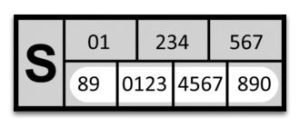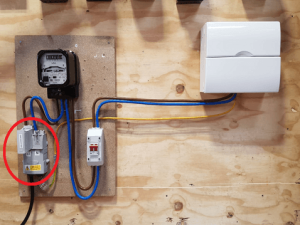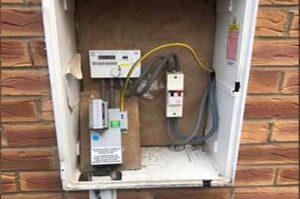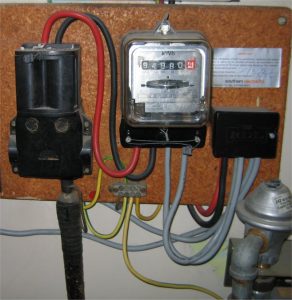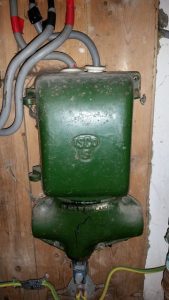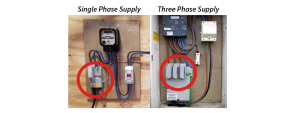Some of the most common reasons our customers choose to have a home charge point installed included:
Safety
Charging an electric car requires a high and consistent electric current over a long period of time. It is generally considered that a standard electrical socket is not suitable for such a prolonged period of use and overheating of the socket may occur. Using a dedicated ev charge point on it own circuit (often in it own dedicated fuse board) is by far the safest option.
Speed of charge
A 2.3kW 3-pin plug typically takes more than 20 hours to fully charge an EV, while a typical 7.4kW EV home charge point will comfortably charge the average electric vehicle overnight (usually within eight hours). You can see typical rates of charge here or check the charging time for each vehicle.
Convenience
One of the criticisms aimed at electric cars is the amount of time they can take to charge. However, most EV owners charge overnight with a dedicated EV charge point, which means they wake up to a fully charged vehicle every morning. Rather than waiting for the battery to run empty before you charge, it is charged regularly and usually when you're not using it.
In fact, you will save time because you will no longer need to drive to a petrol station, queue for a pump, fill it up and pay - an EV is ready for you every morning.
Cost
Charging at home, especially when charging on a off peak plan like Octopus go can be upto 20x times cheaper than charging at public charging stations.
